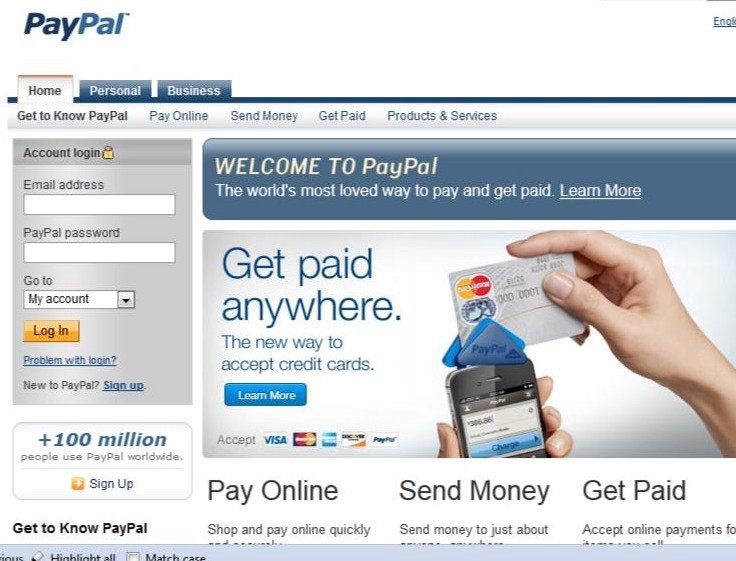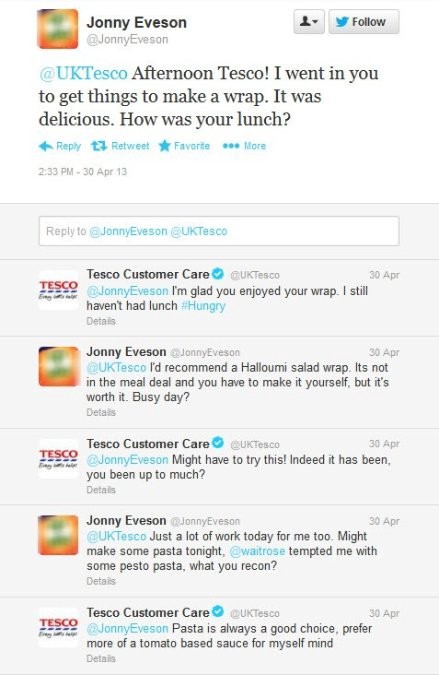Today’s customers are more demanding and less forgiving than ever before.
96% of unhappy customers don’t complain and 91% of those will simply leave and never come back.
For businesses to create deeper, meaningful and empathetic customer connect, it is indispensable to experience their brands as their consumers do to determine every possible way to make the product or service experience better, more pleasant, more human, and more productive. This is possible only when every brand carefully analyzes every touch point throughout the customer journey — before, during, and after purchase.
Getting the Touch-Point Analysis Right. First Time. Every Time.
Any organization that performs touch-point analysis with utmost care, can uncover powerful customer insights as well as opportunities to improve how well customer-segment needs and wants can be met.
Establishing a Cause and Effect Relationship between Each of the Customer Actions
Human experience is complex, and mostly intangible. Several companies that do touch-point mapping exceptionally well, establish a cause and effect relationship between all the customer actions to arrive at a deep and meaningful understanding of each engagement.
Piecing together the bigger picture of why and how customers are interacting at various touch-points can help in delivering a predictive and proactive experience. The questions listed below can drive meaningful insights about customer behavior at each touch point.
Context and Device
What are the devices used for engaging with the brand and how best can you leverage all the contextual data gathered by the device, such as time and location?
Engagement channel
Which is the actual site or media through which the customer first engaged (Email/Social/Website/Paid Ad/SMS)?
Touch-point sequence
How did the customer progress through the buying journey? What and where did the customer stop before and after engaging at each touch point?
Content consumed / action taken
What are the various content viewed/clicked/downloaded by the customer?
Time elapsed between each engagement
What is the time frame of each engagement, and the time elapsed between each activity and between activity and inactivity?
Finally, spot the touch-point that can trigger emotional connect.
Touch points with high volumes of customer interaction and those that can evoke strong emotions in customers turn into loyal advocates and will be ever willing to spend with the brand even if meaningful and available alternatives are presented.
Here are a few examples of the brands that have capitalized on this very fact to create a steadfast advantage over the competition.
Case In Point
PayPal’s Customer Effort Score
In the E-commerce industry, reducing customer friction is extremely important. Every extra second the website takes to load, costs you a customer. Reports suggests that even just a 1 second delay in page load time could reduce conversions by 7%. If that increases to 2 seconds, you’re looking at an abandonment rate of 40%.
PayPal was one of the early players to realize and act on optimizing this particular customer touch point. And the result? Well, a $2 billion increase in transactions. Now that’s quite a big win!

Starbucks
So, how is Starbucks keeping pace with competition even now? Simple, personalization at every touch point and their ability to cater to each individual customer as a segment on its own. The “My Starbucks Rewards” and the loyalty mobile apps was a great step towards customer delight.
By optimizing the mobile touch point with a killer mobile app, Starbucks saw a whopping 4 million dollar mobile payments every week.

Tesco’s Social media strategy to show they care.
Tesco like any other retail giant, has a myriad of touch points. Tesco has always been right by their customer’s side to assist them at every step.
The most remarkable is Tesco’s efficient use of Twitter as a customer service channel. Tesco uses Twitter really well for social customer service. Tesco is able to build a stronger relationship with customers by connecting at a personal level by adding a bit of humor to every interaction.

These are just a few example of impactful touch point experiences.








